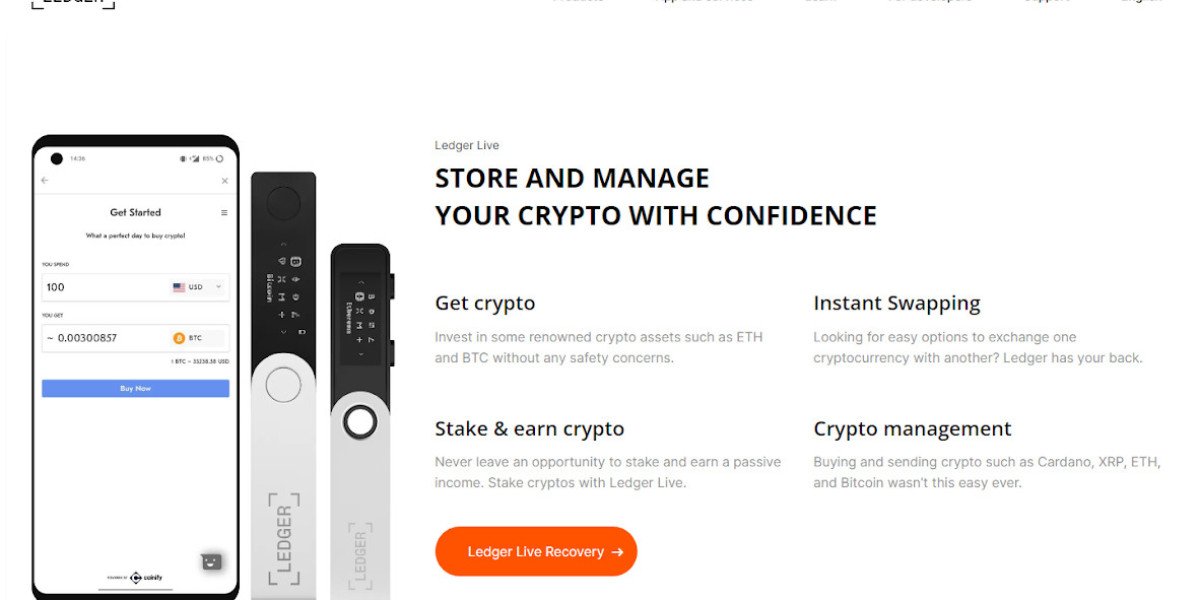In recent years, the healthcare landscape has undergone a significant transformation, with technology playing an increasingly important role in delivering efficient and accessible care. One of the standout innovations in this space is Remote Patient Monitoring (RPM), a cutting-edge solution that empowers both healthcare providers and patients. For healthcare platforms like SmartClinix, Remote Patient Monitoring represents a critical advancement that meets the evolving needs of healthcare systems in the USA.
What is Remote Patient Monitoring?
Remote Patient Monitoring (RPM) refers to the use of digital technologies to monitor and collect patient data outside traditional healthcare settings, such as hospitals or clinics. The collected data—often real-time—includes vital signs like heart rate, blood pressure, oxygen levels, and glucose readings. This allows healthcare providers to assess and manage patients' health remotely, enabling proactive interventions and personalized care plans.
SmartClinix, a leader in telemedicine, leverages RPM technology to offer continuous, effective care to patients in the USA, especially those managing chronic conditions. By integrating RPM into their telehealth services, SmartClinix ensures better outcomes and convenience for patients, particularly those who may have limited mobility or live in remote areas.
How Remote Patient Monitoring Works
Remote Patient Monitoring involves the use of specific medical devices that measure a patient’s vital signs and health metrics, which are then transmitted to healthcare providers in real-time or periodically. These devices, which may include wearable technology, smartwatches, or connected blood pressure cuffs, are often user-friendly and non-invasive.
Here's a typical workflow of how RPM works with SmartClinix:
Device Assignment: The healthcare provider prescribes an appropriate RPM device based on the patient's condition. For example, a diabetic patient may receive a continuous glucose monitor.
Data Collection: The device collects relevant health data, such as blood sugar levels, heart rate, or oxygen saturation. These readings are automatically transmitted to the SmartClinix platform via a secure cloud-based network.
Data Monitoring: Healthcare professionals can monitor the patient's health data in real-time, making it possible to detect abnormal trends or fluctuations early on.
Interventions and Care Adjustments: If the collected data indicates any alarming trends, healthcare providers can intervene promptly. This might involve adjusting medications, scheduling a telehealth consultation, or advising immediate in-person care.
Patient Feedback: The RPM system often includes a feature for patients to communicate their symptoms or concerns directly to their healthcare team, further enhancing the care process.
For patients in the USA, where chronic conditions like diabetes, hypertension, and heart disease are prevalent, RPM offers a game-changing solution. SmartClinix's RPM platform ensures that patients receive the care they need without constant visits to the doctor’s office, reducing stress and improving quality of life.
Benefits of Remote Patient Monitoring with SmartClinix
The adoption of Remote Patient Monitoring comes with a multitude of benefits, both for patients and healthcare providers. Let’s take a closer look at how SmartClinix RPM technology is reshaping healthcare delivery in the USA:
1. Improved Patient Outcomes
RPM allows for continuous monitoring, which helps healthcare professionals detect issues before they escalate. This leads to timely interventions, reducing hospital readmissions and emergency room visits. Patients dealing with chronic illnesses like COPD or heart failure, for instance, benefit from frequent monitoring of their vital signs, which leads to better disease management.
At SmartClinix, healthcare providers can adjust treatment plans based on real-time data, preventing complications and ensuring a proactive approach to care.
2. Enhanced Patient Engagement
Patients who use RPM technology often report feeling more engaged in their health. By being more aware of their vital signs and overall health, they are empowered to take steps to improve their lifestyle, follow medical advice closely, and stay on top of their treatments. The SmartClinix platform is user-friendly, allowing patients to track their own progress easily.
3. Reduced Healthcare Costs
RPM helps to lower healthcare costs by reducing unnecessary hospitalizations, emergency room visits, and in-person consultations. For patients with chronic conditions, regular checkups can be costly and time-consuming. With SmartClinix’s RPM, many of these visits can be replaced by remote monitoring, saving time and money for both patients and healthcare facilities.
The Centers for Medicare & Medicaid Services (CMS) in the USA also recognize the cost-saving potential of RPM, and reimbursements are available for RPM services, making it an even more attractive option for healthcare providers and patients alike.
4. Convenience for Patients and Providers
RPM eliminates the need for frequent in-person appointments, which is particularly beneficial for patients with mobility issues or those living in remote areas. This convenience extends to healthcare providers as well. Physicians using SmartClinix's RPM platform can monitor multiple patients efficiently and review data without needing to be physically present, optimizing their time and improving care delivery.
5. Personalized Healthcare
One of the significant advantages of RPM is the ability to provide personalized care. Each patient’s data can be analyzed individually, allowing healthcare providers to tailor treatment plans specifically to their needs. In cases where a patient’s vitals change dramatically, healthcare providers can intervene immediately rather than waiting for scheduled checkups. This real-time, data-driven care is revolutionizing how chronic diseases are managed.
Remote Patient Monitoring and Chronic Disease Management
The USA has a growing aging population and an increasing burden of chronic diseases. According to the CDC, about 6 in 10 adults in the USA have a chronic disease, and 4 in 10 have two or more. This surge in chronic conditions underscores the importance of RPM in managing such diseases effectively.
RPM has proven especially beneficial for managing conditions like:
Diabetes: Continuous glucose monitors (CGMs) allow diabetic patients to track their blood sugar levels without finger sticks, and healthcare providers can make adjustments to insulin doses in real-time.
Hypertension: Blood pressure cuffs that send real-time data to healthcare professionals can help manage hypertension, reducing the risk of heart attacks or strokes.
Congestive Heart Failure: Patients with heart failure can wear devices that monitor their heart rate and detect fluid retention, allowing for early intervention if necessary.
Chronic Obstructive Pulmonary Disease (COPD): Pulse oximeters and other respiratory monitors track oxygen levels and lung function, providing essential data to pulmonologists and primary care providers.
With platforms like SmartClinix, managing these chronic diseases becomes easier, more effective, and less burdensome for patients.
The Future of Remote Patient Monitoring
As healthcare continues to evolve, the future of Remote Patient Monitoring is promising. The integration of AI and machine learning with RPM technology is expected to provide even more predictive analytics. These advances will help healthcare professionals identify patterns in patient data that may not be immediately apparent, allowing for even earlier interventions.
Additionally, with the proliferation of smart devices and 5G technology, RPM will become even more accessible and efficient. SmartClinix is at the forefront of this innovation, continually improving its platform to offer enhanced services and maintain its position as a leading provider of telemedicine solutions in the USA.
Remote Patient Monitoring and Telehealth: A Perfect Pairing
Remote Patient Monitoring works synergistically with telehealth services. While RPM tracks a patient's vital signs and provides valuable data, telehealth allows for virtual consultations between patients and providers. This combination is particularly valuable in rural areas of the USA, where access to healthcare can be limited.
SmartClinix's integrated telehealth and RPM solution makes it possible for patients to manage their health effectively, even if they live far from major medical centers. This pairing of technologies ensures that patients receive comprehensive care, regardless of their location.
Conclusion: The SmartClinix Advantage
Remote Patient Monitoring is more than just a technological trend—it's a transformative approach to healthcare that improves patient outcomes, reduces costs, and enhances convenience. With chronic diseases on the rise and the demand for personalized care increasing, RPM has become an essential tool for healthcare providers and patients alike.
SmartClinix stands out as a trusted partner in delivering high-quality RPM services across the USA. Through the integration of telehealth and RPM, SmartClinix ensures that patients can manage their health in real-time, from the comfort of their homes, while still receiving the expert care they need.
For both healthcare providers and patients looking for a comprehensive, user-friendly solution to manage health remotely, SmartClinix offers a future-proof option that is reshaping how healthcare is delivered in the USA.



